Building Big with Marshmallows and Toothpicks: Hands-On Engineering Fun for Kids
If you’ve ever wondered how to make engineering lessons engaging and memorable for upper elementary and middle school students, look no further than your kitchen pantry and craft drawer. Mini marshmallows and toothpicks might seem like humble materials, but they’re fantastic tools for teaching structural engineering. In this post, we’ll explore how these inexpensive items can spark creativity, teach essential engineering principles, and even connect to the UN’s Sustainable Development Goals (SDGs).
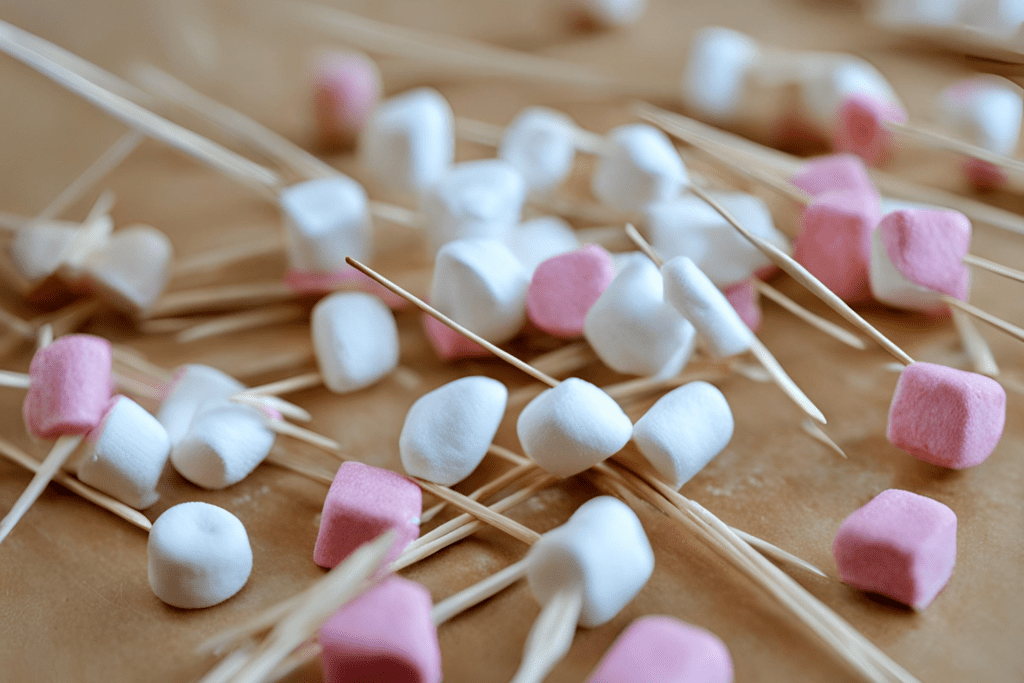
Why Mini Marshmallows and Toothpicks?
First off, they’re fun! Kids love working with tactile, slightly squishy marshmallows. And who doesn’t feel a little like an inventor when piecing together toothpicks to form mini masterpieces? But it’s not just about the fun—these materials are lightweight, easy to manipulate, and ideal for modeling complex engineering concepts in a way that’s accessible to young learners. Plus, they’re affordable and eco-friendly compared to buying pre-made kits.
Engineering Projects You Can Try
Here are a few awesome activities you can do with marshmallows and toothpicks:
- Basic Shapes and Stability: Have students experiment with building squares, triangles, and hexagons. Which shapes are the most stable? Spoiler alert: triangles are the MVP of structural stability!
- Building Towers: Challenge students to build the tallest tower they can, then test its strength by adding weight (like pennies in a cup). This introduces the concept of load-bearing structures.
- Earthquake-Resistant Buildings: Build structures and simulate an earthquake by shaking a tray or table. Discuss how cross-bracing, wide bases, and other techniques make buildings safer during seismic activity.
- Bridges: Design and test toothpick bridges to see how much weight they can hold. This project is perfect for introducing tension and compression forces.
- Creative Challenges: Incorporate real-world challenges: “Design a structure that can withstand high winds” or “Build a model of a famous skyscraper.”
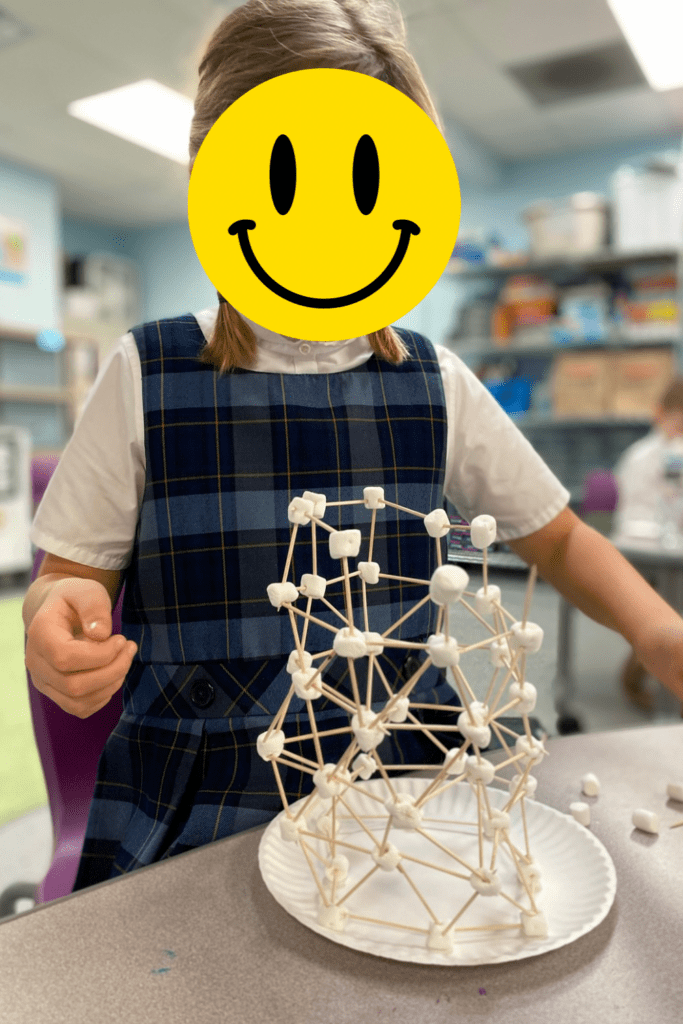
Integrating the Sustainable Development Goals (SDGs)
The SDGs provide a framework for teaching kids about real-world issues and how engineering can help solve them. Here’s how to tie them in:
- SDG 9: Industry, Innovation, and Infrastructure Talk about how engineers create resilient infrastructure and innovate to make buildings safer in natural disasters.
- SDG 11: Sustainable Cities and Communities Discuss how sustainable building materials and designs can reduce environmental impact while keeping people safe.
- SDG 13: Climate Action Connect your earthquake-resistant buildings to the effects of climate change, like increased seismic activity or extreme weather, and how engineers must adapt to these challenges.
A Handy Rubric for Assessment
To make it easier for educators and parents to assess learning outcomes, we’ve created a free downloadable rubric. It covers:
- Understanding of basic engineering principles (e.g., stability, load-bearing, tension/compression)
- Application of problem-solving skills during the design and building process
- Creativity and teamwork
- Connection to real-world challenges and sustainable development concepts
Sustainable Disposal: Eat It, Compost It, Love It!
Let’s talk about what happens when the building phase is over and the marshmallow skyscrapers have fulfilled their destiny. How do you responsibly bid farewell to your creations? Here’s the plan:
- Eat the Marshmallows: Why let good marshmallows go to waste? Host a “demolition party” and let students munch on their sugary structures. Pro tip: avoid eating the ones that have been handled a bit too much (you know what we mean). For extra laughs, pretend to be a giant devouring a city.
- Compost the Toothpicks: Toothpicks are biodegradable, so toss them into your compost bin. Not only is this eco-friendly, but it’s also a great opportunity to discuss how small actions, like composting, contribute to a healthier planet. If you want to get creative, call it “recycling the rubble.”
Sustainable engineering doesn’t have to stop at the lesson—it can carry over to cleanup, too. Plus, it’s a sneaky way to teach kids about reducing waste and making eco-conscious choices.
Why It Works
Using marshmallows and toothpicks makes abstract concepts tangible. Kids can see and feel the effects of their design choices, whether it’s a wobbly tower or a sturdy bridge. These activities also encourage trial and error, resilience, and creative thinking—skills that are essential not only in engineering but in life.
So, grab some marshmallows and toothpicks and get building! Your students will thank you for the chance to learn, experiment, and create something amazing.

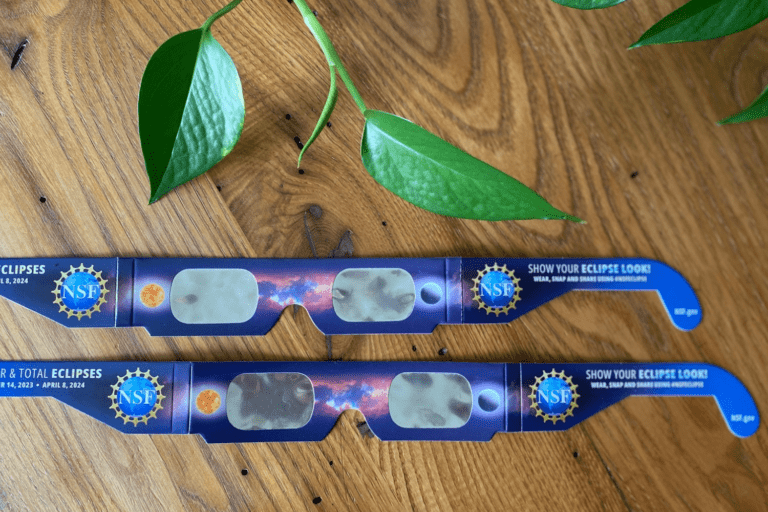

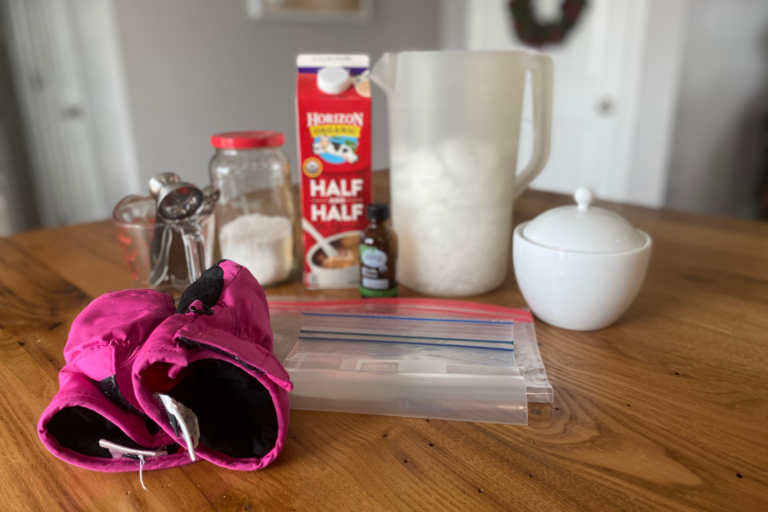
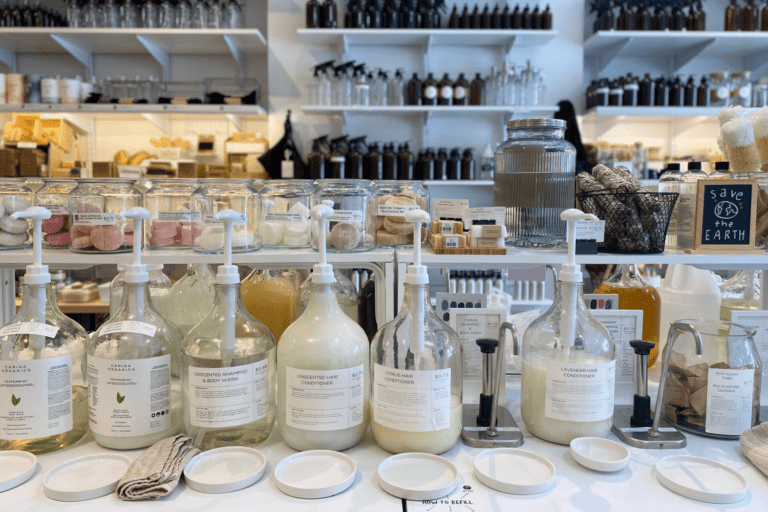
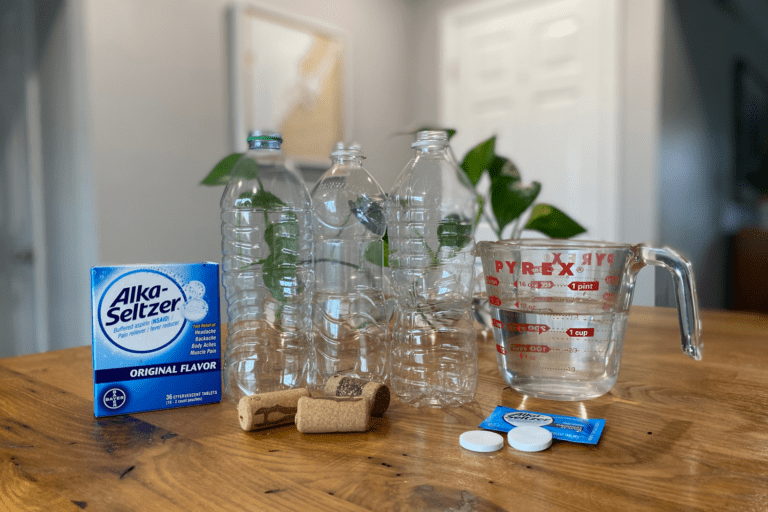

One Comment
Comments are closed.